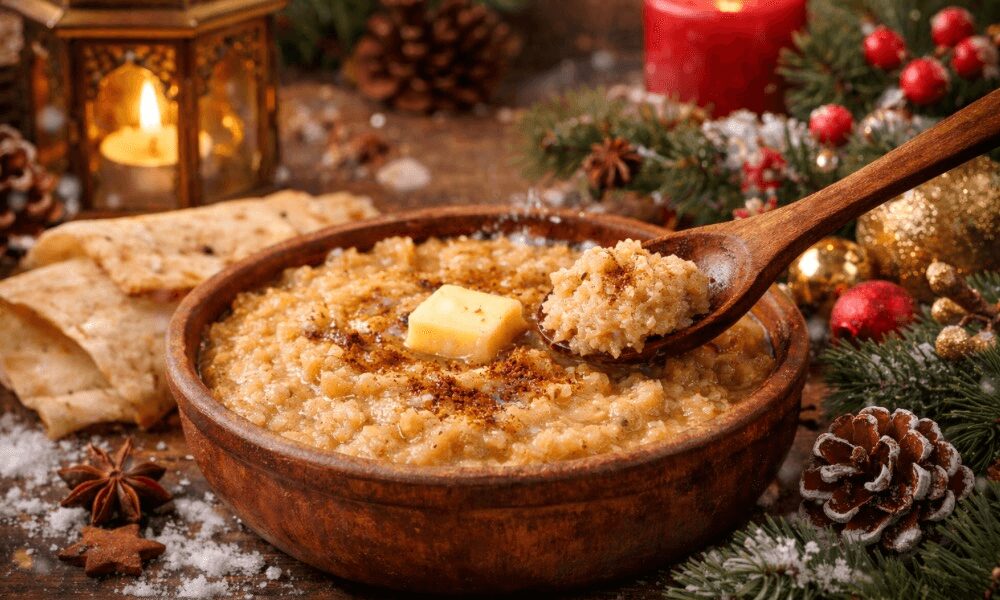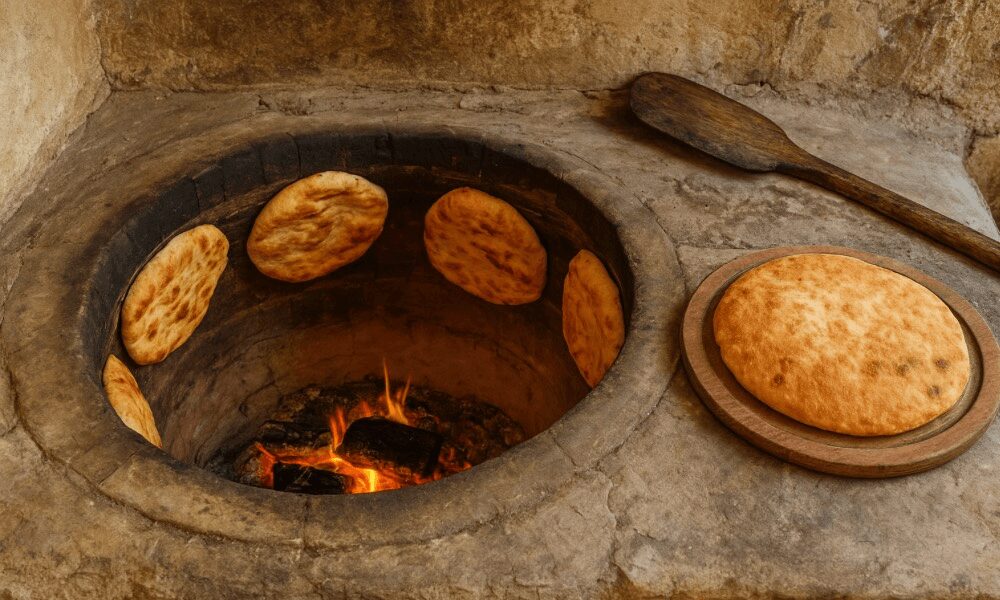
Summer Barbecue – Armenian Style: Grilled Meat, Vegetables, and Family Gatherings
Armenian cuisine is renowned for its rich flavors, aromatic meat dishes, and time-tested recipes. Summer is a special season in Armenian culinary tradition—it’s the time when outdoor barbecues and family gatherings become a cherished custom. Barbecue becomes the highlight of summer meals, combining meat, vegetables, and family warmth—just like in true Armenian fashion.
Armenian barbecue is not just grilled meat. It symbolizes hospitality, warmth, and unity. In Armenian culture, barbecue is one of the most beloved festive dishes. It is especially prepared on holidays, weekends, or during important family occasions. The process of making barbecue often turns into a social event: men grill the meat, women prepare the table, and children run around the yard.
Armenians put love into their barbecue. The meat is marinated in advance—each family has its own recipe. Marinades may include onions, black and red pepper, salt, garlic, lemon juice or vinegar, and some even add yogurt or vegetable oil to enhance the tenderness and flavor. Various types of meat are used—pork, lamb, chicken, and sometimes even fish.
Barbecue is usually cooked over an open flame using a mangal (grill) or stone grill. The fire and smoke impart a special aroma, making the meat juicy, flavorful, and truly unforgettable. Barbecue is the queen of Armenian cuisine—no celebration can go without it.
Vegetable Barbecue and Summer Freshness
If once barbecue meant only meat, today grilled vegetables have taken an important place as well. In Armenian summer dishes, vegetables play a vital role—they enrich the table, add color, and provide balance.
Eggplant, bell peppers, tomatoes, onions, mushrooms, zucchini—all of these can be grilled and served either alongside meat or even as a main dish. Eggplant can also be stuffed with cheese or garlic mixture for a richer taste. Many people serve grilled vegetables with pomegranate molasses, homemade tahini sauce, or traditional Armenian yogurt.
Fresh salads with tomatoes, cucumbers, onions, and herbs are also widely popular in Armenian summer meals. They balance out the heavy meat dishes, provide freshness, and aid digestion. In summer, meat can often feel heavy, so vegetables offer a perfect counterbalance.
Additionally, pickled cabbage, beets, green beans, or seasonal vegetables topped with Lori cheese can be served. These options are not only delicious but also reflect the healthier side of Armenian cuisine.
Family Feasts – The True Essence of Summer Barbecue
Armenian summers are filled with family gatherings—in villages, country houses, or city parks. At the heart of these gatherings is always barbecue. Families and friends gather around the table, with the aroma of grilled meat filling the air, accompanied by laughter, conversations, and music.
Barbecue becomes a reason to come together, to spend time with loved ones, and to enjoy the best of Armenian cuisine. Each gathering creates new memories. The pickles made by grandma, the grill lit by grandpa, herbs chopped by mom, and kids running around—all of this makes barbecue an inseparable family tradition.
These family feasts are often accompanied by local wine, yogurt drinks, or sweet compote. Fresh tarragon, green onions, basil, dill, and seasonal fruits are served alongside. And if there’s still room after the barbecue—traditional Armenian sweets like gata or dried fruits complete the celebration.
These gatherings are also a cultural experience passed down through generations. Young people learn to grill from their elders, women share the secrets of their salad recipes, and the whole process becomes a shared memory.
Armenian cuisine shines in all its glory during summer. Barbecue—with meat and vegetables—reveals not only a harmony of flavors but also Armenian care and hospitality. It’s not just food—it’s culture, memory, and tradition.
And if you haven’t planned a barbecue feast this summer—do it. Choose good meat, fresh vegetables, herbs, gather your loved ones, and make the dish that not only nourishes but also unites—just as only Armenian cuisine can do.






